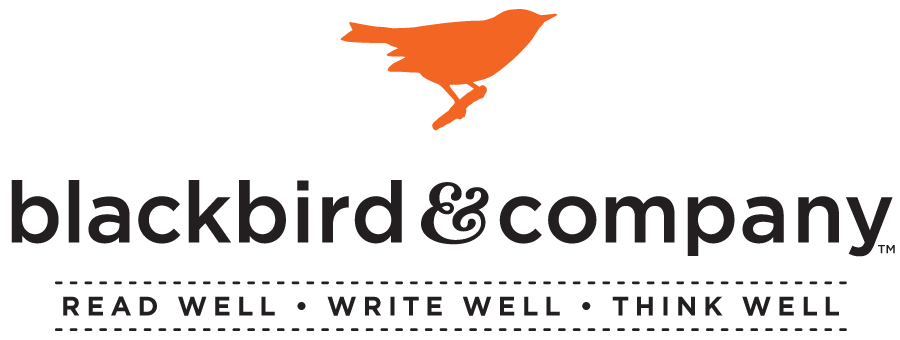Week 1: Early Life
Character Lexicon
- shy: being reserved or having or showing nervousness or timidity in the company of other
- curious: eager to know or learn something
- determined: having made a firm decision and being resolved not to change it
- accomplished: highly trained or skilled
- fearless: lacking fear
Comprehension Questions
- On July 16th, 1969, people hoped to get a glimpse of the Apollo 11 spacecraft as it lifted off into the heavens. (Pg 1)
- The goal of the Apollo 11 spacecraft was to land Neil Armstrong and his crew on the moon and then return safely to Earth. (Pg 5)
- Before Neil was 13 years old his family had moved sixteen times! (Pg 7)
- The first airplane that Neil rode in was called the Tin Goose and it was made of aluminum. (Pg 8)
- Neil learned about airplanes by making model airplanes of WWII and reading airplane magazines. (Pg 13)
- In order to pay for flying lessons Neil took on part-time jobs such as mowing the lawn at a cemetery, and working in a donut company baking donuts and cleaning the dough mixer. (Pg 15/16)
- Neil didn’t finish his college education because the Korean War broke out and he had to go and fight because he was in Navy as an aviator. (Pg 23)
- When the Korean War was over Neil returned home with many medals and a plan to finish college and receive his diploma. (Pg 28)
Week 2: Introduction to Society and Science
Character Lexicon
- reserved: slow to reveal emotion or opinions
- attractive: pleasing or appealing to the senses
- consumed: to eat, drink, or ingest food; to be absorbed or to give all attention to someone or something
- skilled: having or showing the knowledge, ability, or training to perform a certain activity or task well
- famous: known about by many people
Comprehension Questions
- After completing college Neil wanted his first job to be an experimental test pilot to fly new types of aircraft and figure out how to build better planes. (Pg 30/31)
- The decision that Neil made that changed the rest of his life was to apply to become an astronaut. (Pg 38)
- The Space Race started on October 4th, 1957, when the Soviet Union launched the first satellite into space. The race was to see which country, the Soviet Union or the USA would be the first to land on the moon. (Pg 41/42)
- The first man to be sent into space was Yury Gagarin of the Soviet Union. (Pg 46/47)
- President John F. Kennedy wanted the United States to land a man on the moon and return him safely to Earth by the end of the 1960s and before the Soviet Union. (Pg 52)
- Men taller than 6ft could not apply to become astronauts because they would be too cramped in the small capsules. (Pg 54)
- Neil and the other astronauts trained in strange places, such as the jungles of Panama because when the spacecraft crashed back onto Earth it could land anywhere and the astronauts had to be able to survive any climate until rescued. (Pg 58)
Week 3: Later Life and Legacy
Character Lexicon
- content: in a state of peaceful happiness
- valiant: possessing or showing courage or determination
- thoughtful: absorbed in or involving thought
- engrossed: having all one’s attention or interest absorbed by someone or something
- courageous: not deterred by danger or pain; brave
Comprehension Questions
- Gemini 8 tumbled during Neil’s first space mission because of a faulty thruster. (Pg 66/67)
- The purpose of the Apollo 8 mission was to search for good landing spots on the moon. (Pg 69)
- Neil Armstrong, Buzz Aldrin and Michael Collins were chosen to be the crew of Apollo 11 in January 1969. ( Pg 70)
- Neil named the landing module of Apollo 11, the Eagle. (Pg 83)
- Neil took control of the Eagle and changed its landing spot because the computer had chosen a landing site that was too rocky, which wouldn’t allow the Eagle to take off from the moon. (Pg 84/85)
- Neil and Buzz Aldrin left the American flag on the moon, a plaque commemorating the landing and their footprints. (Pg 91/92)
- When the astronauts returned home from the moon they weren’t allowed to see their families because they were kept in isolation for three weeks to make sure that they didn’t bring back germs from the moon. (Pg 97)

